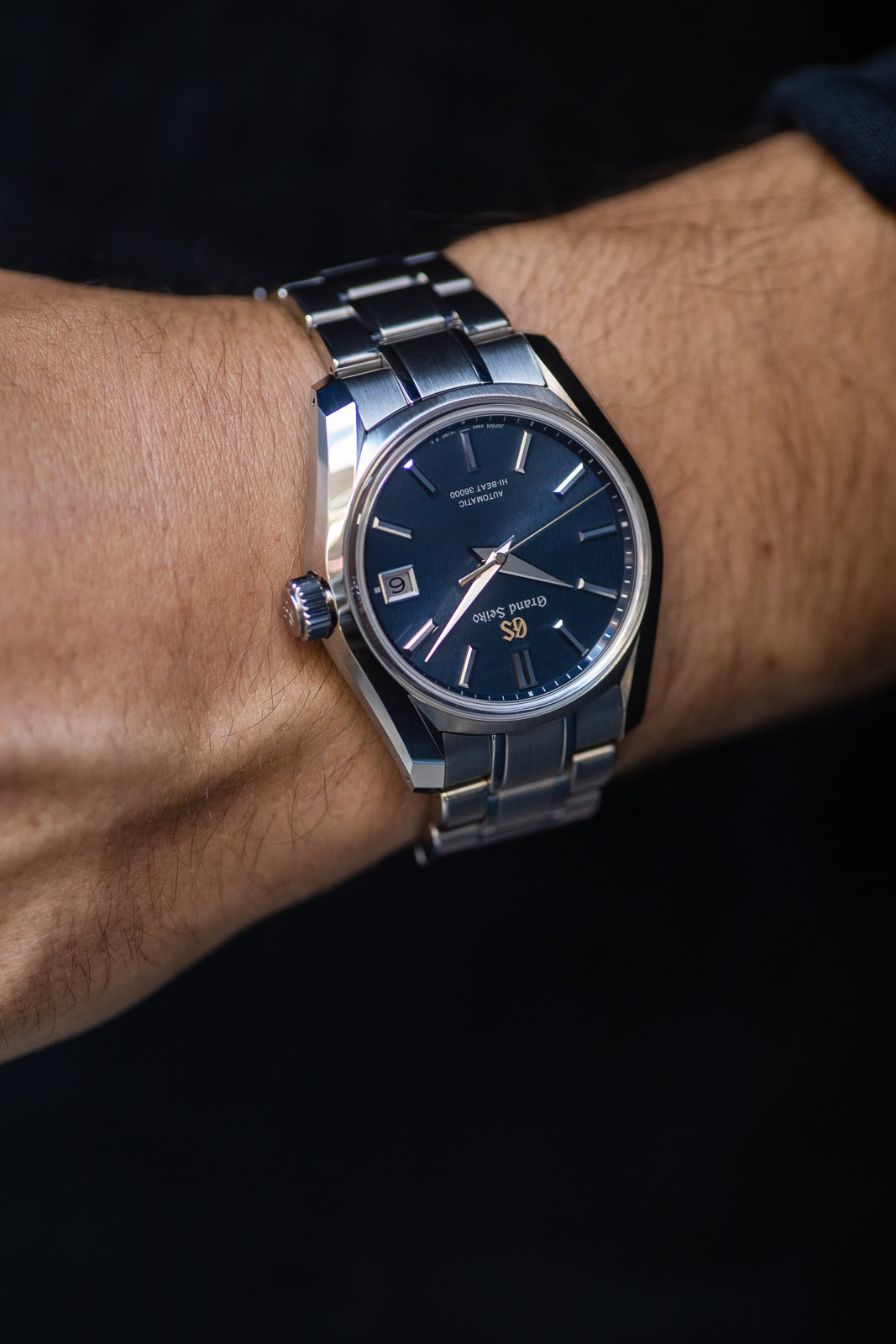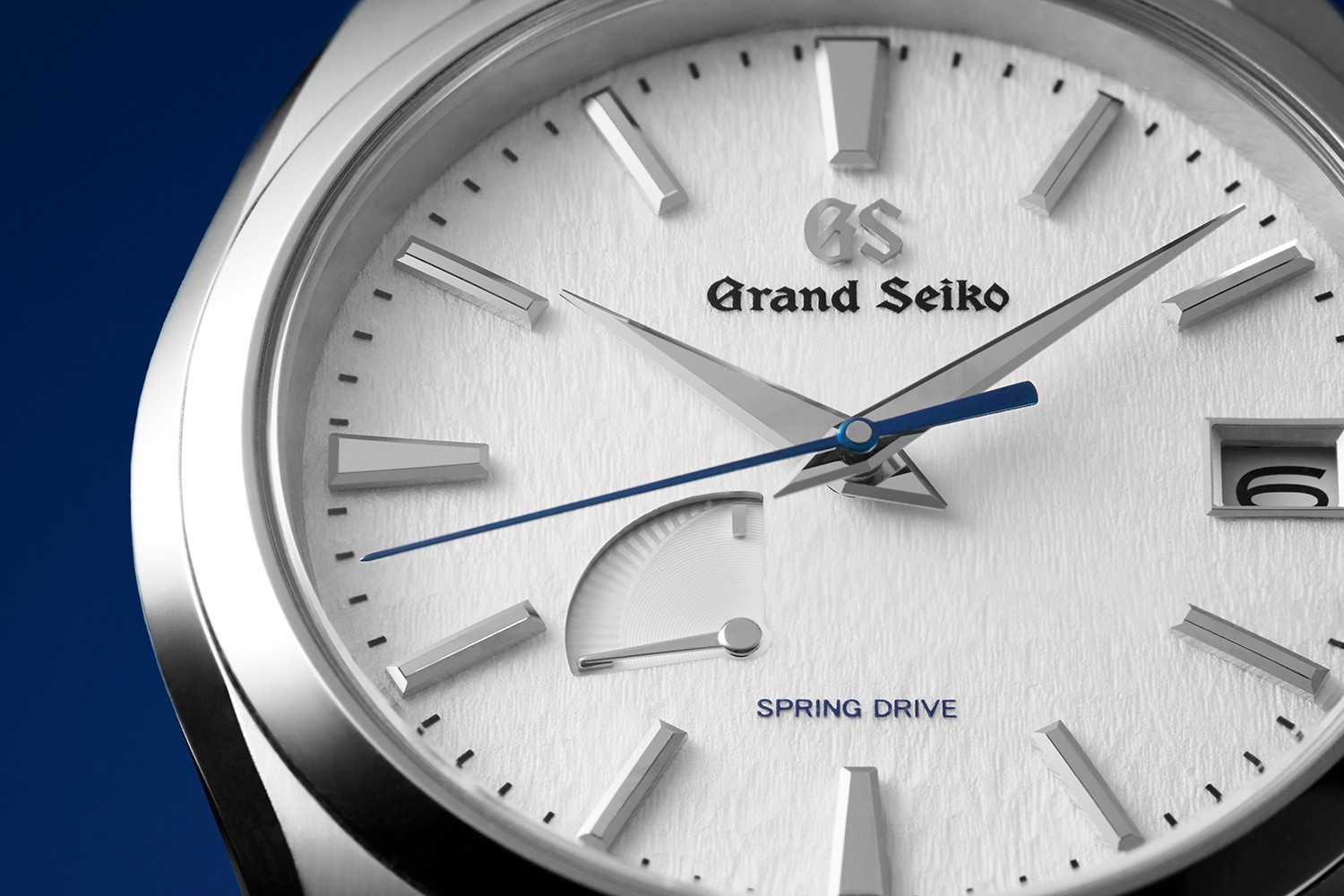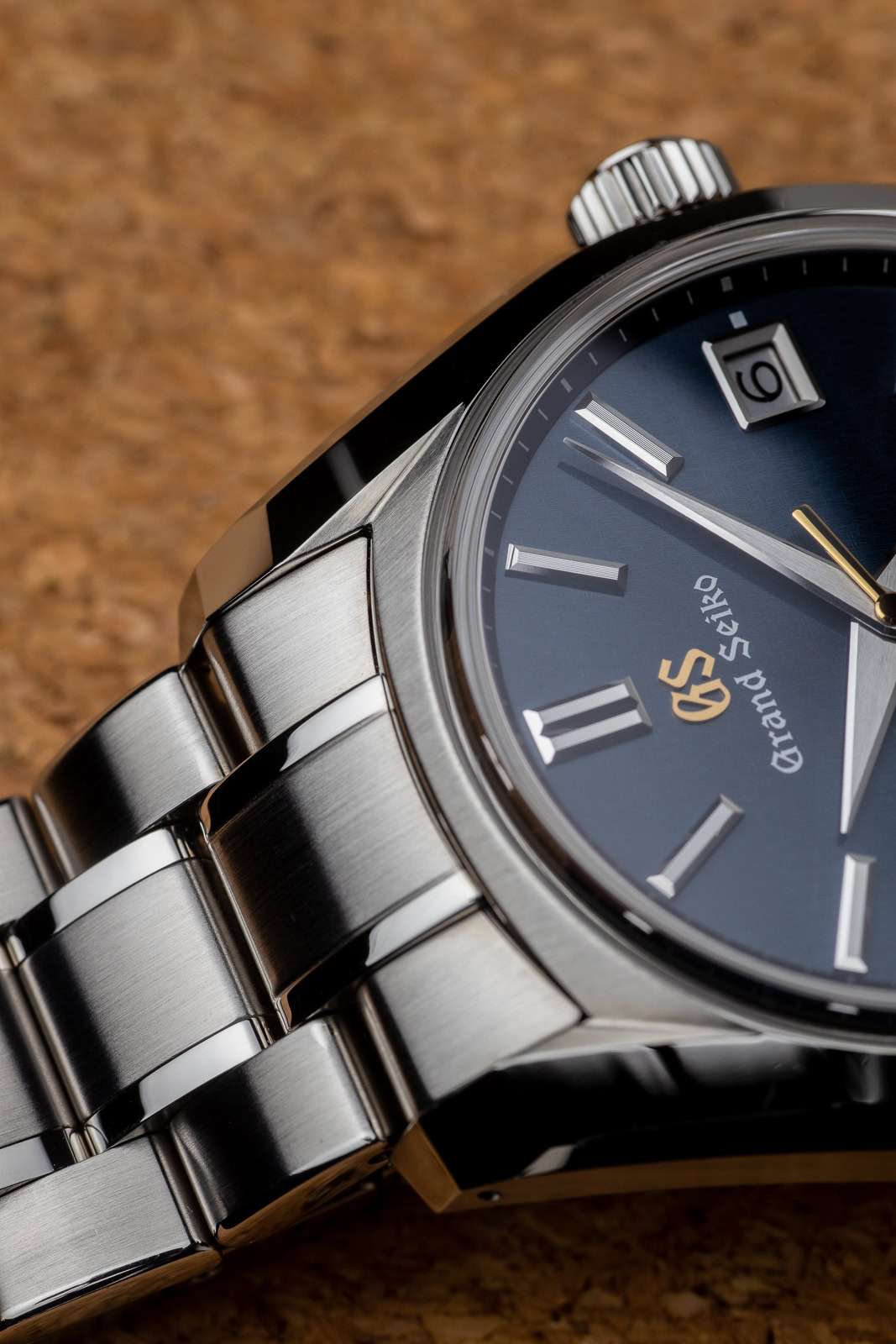Grand Seiko is one of the finest watchmakers in the world, yet, a decade ago, many watch collectors might not have come across the brand. This isn’t due to a lack of quality or poor design on the part of Grand Seiko, instead because for decades the watches were sold almost exclusively in Japan. This focus on the local market had one big upside – it allowed Grand Seiko to create their watches in relative isolation from the rest of the world, giving rise to some truly unique watchmaking techniques.
As a brief step back in time, the Grand Seiko name first appeared on a dial in 1960, as the Seiko watchmaking firm set its sights on the highest levels of fine watchmaking. In a relentless pursuit of accuracy, robustness and strong design, Grand Seiko went from their first timepiece to less than a decade later, building some of the most accurate movements in the world.
This incredibly rapid advancement was shown by Grand Seiko winning every watchmaking accuracy competition in Japan, before setting their sights on the rest of the world. At the 1968 Geneva Observatory competition, one of the most prestigious accuracy prizes in Europe, Grand Seiko won the overall prize for best mechanical watches, putting the brand on the cutting edge of what was possible at the time. Thanks to a number of impressive technical advancements, Grand Seiko watches were able to achieve an accuracy of ±2 seconds per day in 1969, a level that only became standard for Rolex watches in 2016.

RELATED: Grand Seiko ’24 Sekki’ Collection Celebrates The Seasonal Beauty Of Japan
The final year of the ‘60s was one of the most important in the history of watchmaking, not just because Grand Seiko began to seriously compete with the Swiss, but also because Seiko launched the first-ever quartz watch. It was one of the biggest technological steps forward in watchmaking for decades and was so successful that Grand Seiko was quietly put on hold until the late ‘80s when the brand was finally revived inside Japan.
Grand Seiko continued to develop their design DNA, as well as their technical watchmaking prowess for another three decades, still predominantly catering for the Japanese local market. Slowly, more watch collectors from the international community began to understand just how special Grand Seiko was. In 2014 Grand Seiko won the “Petit Aiguille” award at the Grand Prix d’Horlogerie de Genève, and following that in 2018 Grand Seiko America was established, marking a new era for the brand and furthering their global strategy since their launch internationally in 2010.

Today, Grand Seiko is probably best known for their uniquely Japanese watchmaking techniques developed over the decades, which stand as somewhat distinct from the European approach developed over centuries. While there are many ways Grand Seiko goes about things differently, three of the most important are their incredibly complex dial making, the way they polish their watches, and of course their proprietary Spring Drive movement technology. Without further ado, let’s see what makes each of these things so important to why Grand Seiko continues to grow a community of collectors around the world.
Watch dials inspired by nature

The first thing anyone looks at when they pick up a watch is the dial or the face of the watch. Many watchmaking brands create incredibly complex and artistic dials, be it the cloisonné enamel dials of Patek Philippe or the engraved guilloché dials from the Cartier workshops, but Grand Seiko dials are different.
Rather than the structured, symmetrical patterns that Swiss watchmakers are well known for, the watchmakers at Grand Seiko look to nature for their inspiration. This results in Grand Seiko dials that have impressive visual depth and complexity but present more naturally formed patterns across their textured surfaces.

The first Grand Seiko dial that really captured the popular imagination of the global watch community was that of the SBGA211 “Snowflake”, which looks remarkably similar to freshly fallen powder. The dial was rather ingeniously created by stamping the brass dial plate to create the texture, before using a specific silver plating process that reflected as much light as possible, making it as white as snow and appear to sparkle under certain lights.
Another famous Grand Seiko dial is the SLGH005 “White Birch”, which was released in 2021 and would go on to win the GPHG Men’s Watch prize that same year. The vertically striped texture was inspired by the White Birch trees near the Grand Seiko watchmaking studio and features deep ravines that look like they’ve been cut by nature, appearing as different colours in different types of light. This style of dial making and finishing is relatively unusual across the watch industry, allowing Grand Seiko to stand apart from its peers, and bringing a naturally inspired beauty to the wrists of its clients.
Zaratsu Case Polishing

If you’re a keen watch enthusiast, you might have come across Grand Seiko’s Zaratsu polishing in the past, or at least noticed just how reflective the surfaces of Grand Seiko cases are. This case finishing method is one of the watchmaking techniques born only a few years after Grand Seiko was established, led by a gentleman by the name of Taro Tanaka. He was tasked with building a visual identity for the brand that would make them stand out from their competitors, eventually called the Grammar of Design, with one of the key elements being perfectly polished case surfaces that would easily catch your eye.
This pursuit of the perfect polished surface wasn’t exclusively a Japanese pursuit, with many Swiss watchmaking firms priding themselves on their “black polish” that would be used to decorate movements. However, this type of mirror-finished polish was generally used by the Swiss for the inside of their watches, while Grand Seiko excelled in producing larger polished surfaces for the outside of the cases – especially that of titanium. As a result, more than half a century later, the polished surfaces and razor-sharp case lines of Grand Seiko watches are loved by collectors and continue to serve as a watchmaking technique that sets the brand apart.
Spring Drive

Just like Grand Seiko did in the late ’60s, the brand has continued to push into new watchmaking technologies and techniques even today. One of the movement technologies that remain exclusive to both Seiko and Grand Seiko is the Spring Drive, which blends the tradition of mechanical watchmaking with the accuracy of contemporary circuitry.
The proprietary technology essentially uses the same mainspring and geartrain as a typical mechanical watch. However, the ticking part of the movement that actually keeps the time, called the regulator, has been replaced by an electromagnetic brake and quartz crystal. This innovation is accurate to between ±0.5 and ±1 second per day, without needing a battery to power the movement. It also gives the seconds hand a perfect, uninterrupted sweeping motion, rather than the jittery forward motion of all other mechanical watches.
Spring Drive technology remains unique to Seiko and Grand Seiko watches, offering a type of movement that is as interesting as it is mesmerising. Grand Seiko continues to innovate the Spring Drive system, with nearly a dozen different calibres produced by the brand, which feature a range of different complications and power reserve lengths.
This article is sponsored by Grand Seiko. Thank you for supporting the brands that support Boss Hunting.

